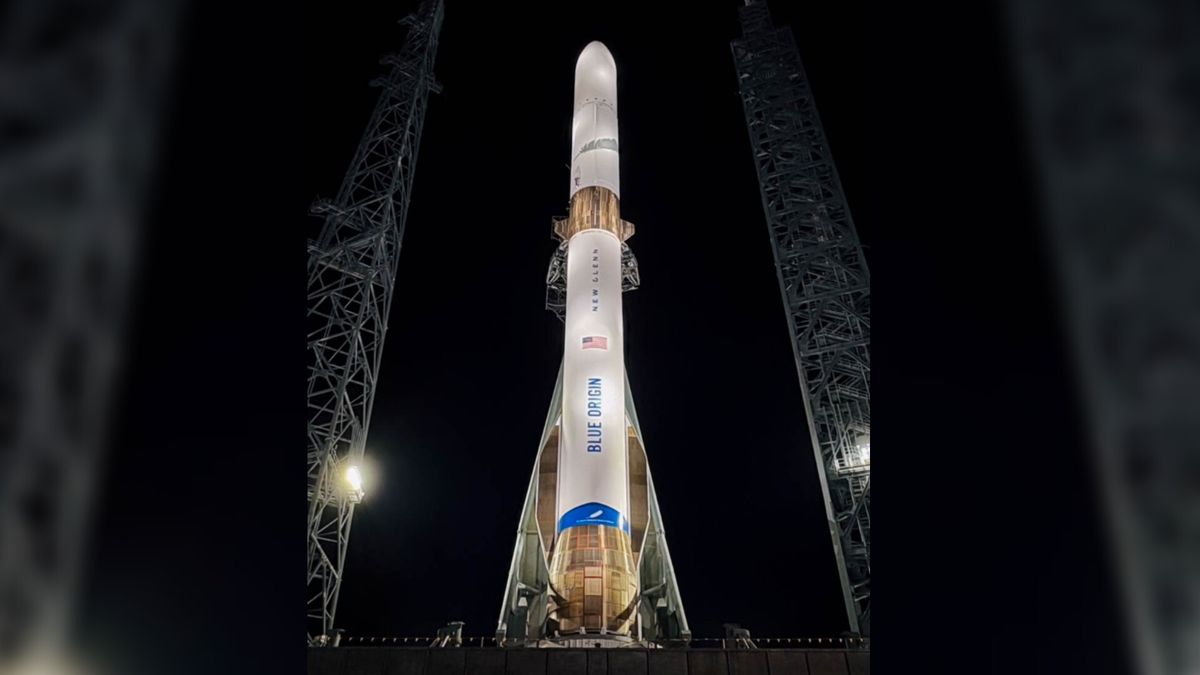
By Luisa Maria Jacinta C. Jocson, Reporter
PHILIPPINE BANKS’ asset quality continued to worsen as the industry’s gross nonperforming loan (NPL) ratio rose to an over two-year high in October.
Preliminary data from the Bangko Sentral ng Pilipinas (BSP) showed the ratio rose to 3.6% from 3.47% in September and 3.44% a year ago.
This was the highest bad loan ratio since 3.75% in May 2022. It matched the 3.6% NPL ratio in June 2022.
Data from the BSP showed that soured loans rose by 1.3% to P524.31 billion in October from P517.45 billion a month earlier.
Year on year, bad loans jumped by 16.7% from P449.45 billion.
Loans are considered nonperforming once they remain unpaid for at least 90 days after the due date. These are deemed as risk assets since borrowers are unlikely to pay.
The total loan portfolio of the banking system stood at P14.55 trillion, down by 2.4% from P14.9 trillion at end-September. However, it rose by 11.3% from P13.07 trillion a year ago.
Past due loans went up by 1.3% to P640.88 billion in October from P632.87 billion in the month prior. It likewise climbed by 15% from P557.27 billion a year earlier.
This brought the past due ratio to 4.4%, higher than 4.25% in September and 4.26% a year ago.
On the other hand, restructured loans dropped by 0.6% month on month to P292.75 billion from P294.53 billion in September and by 5.3% from P309.16 billion in the previous year.
Restructured loans accounted for 2.01% of the industry’s total loan portfolio, higher than the 1.98% in the month prior but lower than 2.36% in October 2023.
Banks’ loan loss reserves stood at P487.52 billion, up by 1% from P482.84 billion in September and rising by 5.7% from P461.41 billion a year earlier.
This brought the loan loss reserve ratio to 3.35%, from 3.24% last month and 3.53% a year ago.
Lenders’ NPL coverage ratio, which gauges the allowance for potential losses due to bad loans, slipped to 92.28% in October from 93.31% in September and 102.66% in 2023.
Rizal Commercial Banking Corp. Chief Economist Michael L. Ricafort said the spike in NPLs could be due to the start of the BSP’s monetary easing cycle.
The central bank kicked off its policy easing cycle in August with a 25-basis-point (bp) rate cut. It delivered another 25-bp reduction in October, bringing the key rate to 6%.
BSP Governor Eli M. Remolona, Jr. earlier said they could cut or keep rates steady at the Monetary Board’s final policy review of the year on Dec. 19.
“The series of storm damage could have led to some business disruptions that could have led to some losses, both actual and opportunity losses that partly led to higher gross NPL ratio,” Mr. Ricafort said.
In October, the country was hit by Severe Tropical Storm Kristine and Super Typhoon Leon.
Mr. Ricafort also cited geopolitical risks and tensions in the Middle East which “weighed on global investments, trade, and other business activities.”








Leave a Comment